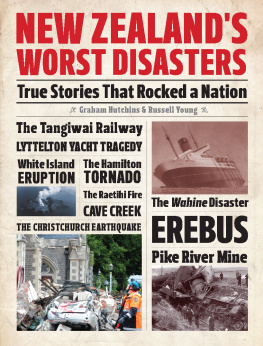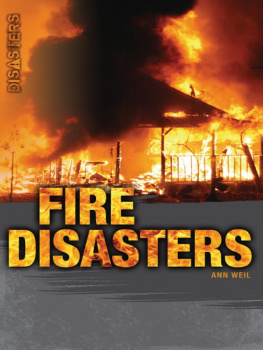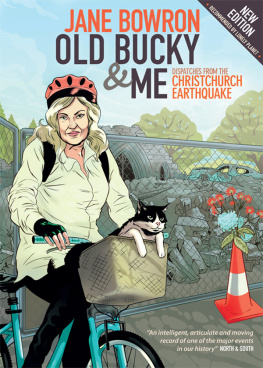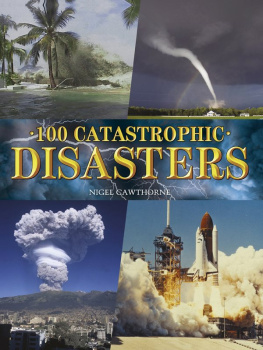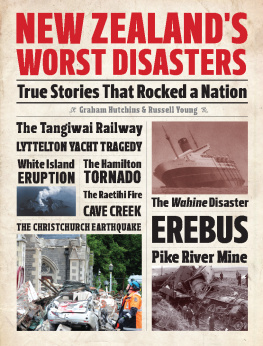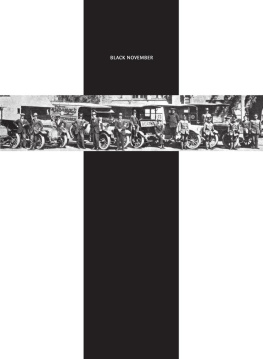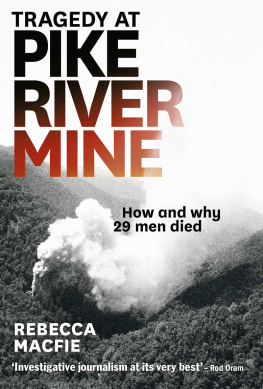
Graham Hutchins has been writing books for over thirty years. Most of these have been non-fiction, covering such subjects as rugby, cricket, popular music and railways. Among his best-selling books published by Exisle are Stop the Train! I want to get on, Great New Zealand Railway Journeys, Last Train to Paradise and Eight Days a Week. Graham and his wife live in Hamilton. He and his co-author Russell Young have been close friends since the age of five.

Russell Young graduated from the University of Auckland and worked in Te Kuiti for 30 years before moving to Marlborough in 2004, where he combines business with a passion for flying. He gained his private pilot licence at the age of 23, and nine years ago acquired a Piper Cherokee 180. In 2013 he published The Story of Te Kuiti. Russell and his wife live in Blenheim.

Bibliography
Books
Conly, Geoff and Stewart, Graham, New Zealand Tragedies on the Track. Grantham House, Wellington, 1986.
Grayland, Eugene C., New Zealand Disasters. A.H. & A.W. Reed, Wellington, 1957. Grayland, Eugene, More New Zealand Disasters. A.H. & A.W. Reed, Wellington, 1978.
Holmes, Paul, Daughters of Erebus. Hodder Moa, Auckland, 2011.
Hunt, Graeme, Scandal at Cave Creek. Waddington Publications in association with the National Business Review, Auckland, 1996.
Hutchins, Graham, Highwater: Floods in New Zealand. Grantham House, Wellington, 2006.
King, John, New Zealand Tragedies: Aviation Accidents and Disasters. Grantham House, Wellington, 1995.
MacFie, Rebecca, Tragedy at Pike River. Awa Press, Wellington, 2013.
McCloy, Nicola, New Zealand Disasters. Whitcoulls, Auckland, 2004.
Monigatti, Rex, New Zealand Sensations. A.H. & A.W. Reed, Wellington, 1962.
Morris, Bruce, The Countrys Darkest Days. Wilson & Horton, Auckland, 1981.
Parham, W.T., Island Volcano. William Collins (NZ), Auckland, 1973.
Stewart, Graham, Tangiwai: A Christmas Eve Tragedy. Grantham House, Wellington, 2013.
Vette, Gordon, Impact Erebus. Hodder and Stoughton, Auckland, 1983.
Magazines and newspapers
Dominion
New Zealand Herald
New Zealand Memories
New Zealand Wings
Sunday Star Times
Taranaki Daily News
Waikato Times
Websites
www.aviationarcheology.com
www.bellblock.co.nz
www.christchurchnz.com
www.en.wikipedia.org
www.familytreecircles.com
www.freepages.genealogy.rootsweb.ancestry.com
www.hillaryoutdoors.co.nz
www.hwe.niwa.co.nz
www.info.geonet.org.nz
www.ketehamilton.peoplesnetworknz.info
www.my.christchurchcitylibraries.com
www.newswire.co.nz
www.nzetc.victoria.ac.nz
www.nzherald.co.nz
www.nzhistory.net.nz
www.nzterritory. com
www.odt.co.nz
www.paperspast.govt.nz
www.radionz.co.nz
www.rnzafproboards.com
www.ruralfirehistory.org.nz
www.scoop.co.nz
www.stats.govt.nz
www.stuff.co.nz
www.tauranga.kete.net.nz
www.teara.govt.nz
www.theatreview.org.nz
www.theprow.org.nz
Other research sources
Aircraft Accident Report 85006, Civil Aviation Administration, Wellington, 1985.
Aircraft Accident Report 85015, Civil Aviation Administration, Wellington, 1985.
Aircraft Accident Report 96006, Civil Aviation Administration, Wellington, 1996.
Attwood, Steve, The untold story, Sunday Star- Times, 28 April 1996.
Commission of Inquiry into the Collapse of a Viewing Platform at Cave Creek near Punakaiki on the West Coast 1995, Department of Internal Affairs, Wellington.
Lessons from SFA, New Zealand Wings Magazine, August 1997.
New Zealand Archives: RNZAF, Mustangs, New Zealand 2404 & 2411.
Report of the Royal Commission on the Pike River Coal Mine Tragedy, New Zealand Government, Wellington, 2012.
Report of the Royal Commission to Inquire into the Crash on Mt Erebus, Antarctica of a DC 10 Aircraft operated by Air New Zealand Ltd, New Zealand Government, Wellington, 1981.
Report to Trustees of the Sir Edmund Hillary Outdoor Pursuit Centre of New Zealand. Mangatepopo Gorge Incident, 15 April 2008. Brookes, Wellington, 2009.
Speden, Graeme, Construction of a disaster, Dominion, 23 November 1995.
TAIC Aviation Inquiry 12001, Wellington, 2013.
Taranaki Daily News archive, December 1953.
Thompson, Wayne, Cave Creek Haunts Survivor, New Zealand Herald, 18 March 2005.
THE BIG ONE
The Wellington earthquake 1855
In this day and age, earthquakes are very much on our radar. The disastrous Christchurch quake of February 2011 is still fresh in the mind. It registered at 6.3 on the Richter scale and accounted for 185 deaths. It has become part of New Zealands disaster heritage, our fourth worst in terms of death toll.
Yet there have been many stronger quakes recorded in New Zealand. In 1855 a magnitude 8.2 earthquake hit southern regions of the North Island and the northern parts of the South Island. It was the most powerful quake ever recorded in New Zealand.
Waiting for the big one is a phrase commonly used by Wellingtonians in the twenty-first century. Theyve already had a significant quake in recent times that caused damage but no casualties. Some feel that that represented Wellingtons turn on the seismic clock, at least in the meantime. Others are less optimistic though.
In 1848 there was a severe shake in the region, significant enough for many settlers to claim that because it was sharp, it meant that the likelihood of another big tremor was considerably reduced. After the 1848 quake, which saw the destruction of many brick houses and shops,
Wellingtonians rebuilt in wood. This movement in favour of wood swept the country. Soon even hotels and churches were fashioned out of wood.
There was certainly plenty of it available.
When steel reinforcing was introduced, brick and concrete came into favour, yet it is considered likely that the low number of brick houses is the reason for New Zealands comparatively light death toll from quakes, in situations where the strength of earth tremors would be expected to claim more victims.
In the seven years after the 1848 quake, half the settlers in Wellington were new to the town. They obviously had no experience of the 1848 event and when they asked survivors about it they received the general answer that New Zealand seemed to have settled down seismically. They conveniently forgot that Wairarapa, just a short distance to the north, had been assailed by a violent earthquake in 1853 which caused considerable damage and blocked highways. Or perhaps it was the fact that the 1853 quake barely registered in Wellington that led to a growing complacency.
In fact there was a cavalier approach by some Wellingtonians towards earthquakes. The attitude of an Austrian immigrant, Baron Von Alzdorf, a hotelier, was quite common in the burgeoning town. A man with big plans, Baron Von Alzdorf had built a solid two-storeyed hotel of bricks, lath and plaster. He claimed his hotel was earthquake-proof, more so than the many wooden buildings that had gone up after the 1848 quake.
Next page
